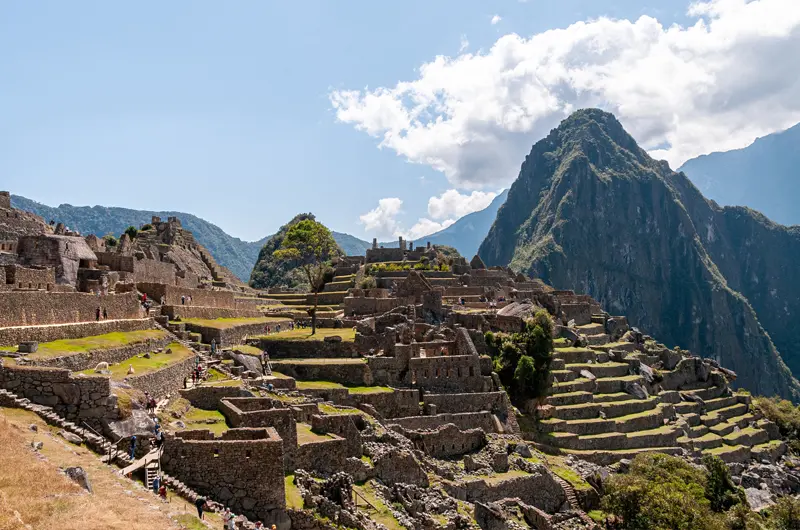
Machu Picchu Circuits
Table of Contents
Hello, traveler!
The Bigfoot Machu Picchu team prepared this article for you.
If you’ve landed here, you’re probably looking for clear and up-to-date information about the different circuits of Machu Picchu. And believe us—it’s essential to understand them before your visit. These days, you can’t just wander freely around the site as before. Access is now organized through designated routes, and each one offers a unique experience.
Some circuits take you through the most iconic and classic parts of the citadel, like the Sacred Plaza, the Temple of the Sun, or the Intihuatana. Others grant access to special places such as Machu Picchu Mountain, Huayna Picchu, or the Inca Bridge, each with stunning views and unique challenges. We’ll also cover the famous Inti Punku, or Sun Gate—the ancient entrance for those arriving via the Inca Trail.
In this blog, we’ll walk you through everything you need to know to choose the perfect circuit for your travel style. From the key differences between each route to which one suits you best depending on whether you’re arriving by train or hiking, or whether your priority is photography, history, or simply soaking up epic views.
Stick with us and make sure you choose the right path to make your visit to Machu Picchu as magical as you imagined.
Circuit 1: Panoramic Route
This circuit offers one of the most complete experiences inside Machu Picchu. It is divided into four distinct routes: 1-A, 1-B, 1-C, and 1-D, each designed to explore different areas and offer unique perspectives of the citadel and its natural surroundings.
Route 1-A: Machu Picchu Mountain
This is one of the most physically demanding hikes, but also one of the most rewarding. The trail climbs along an ancient Inca path up to the summit of Machu Picchu Mountain, standing over 3,000 meters above sea level.
From the top, you’ll get breathtaking panoramic views of the entire citadel and the Urubamba Valley. This route is ideal for trekking enthusiasts and those who want a bird’s-eye perspective of the site.

Route 1-B: Upper Terrace
Perfect for travelers seeking a visual experience without a strenuous hike. This route leads through the upper agricultural terraces, where you can capture that iconic postcard view of Machu Picchu.
It’s ideal for photography and appreciating the harmony between Inca architecture and nature. It’s also a great place to begin your guided tour before exploring the lower sectors.
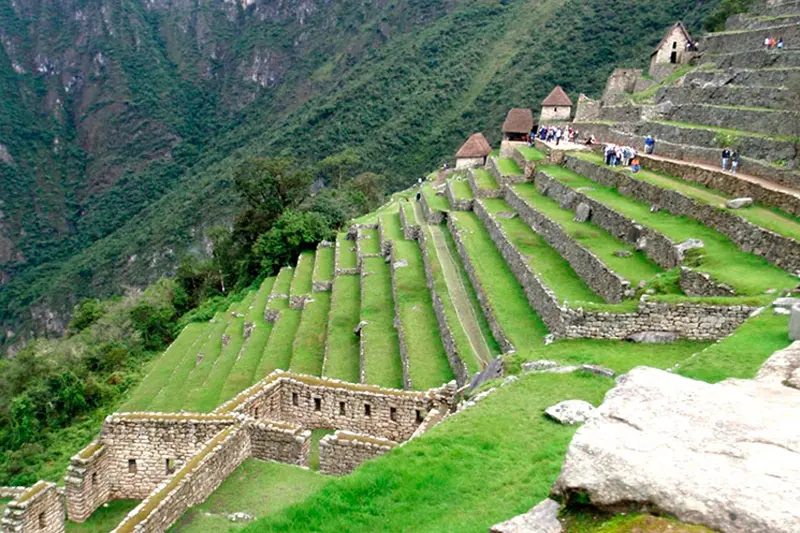
Route 1-C: Inti Punku or Sun Gate (available only during high season)
This was the original entrance used by Incas arriving via the Inca Trail. The path starts inside the citadel and ascends to the Inti Punku, or Sun Gate.
From this spot, the view toward Machu Picchu is legendary—especially at sunrise. It’s a moderately difficult walk and perfect for travelers seeking a more spiritual or historical experience tied to the ancient pilgrimage route.

Route 1-D: Inca Bridge (available only during high season)
Short but packed with history, this trail follows a narrow carved path along the mountainside leading to the Inca Bridge—a wooden structure placed atop stone supports hanging over a sheer drop.
While you can’t cross the bridge for safety reasons, the viewpoint offers a fascinating glimpse of Inca engineering in extreme terrain. It’s a great choice for those who want to step off the main route and explore something more hidden.
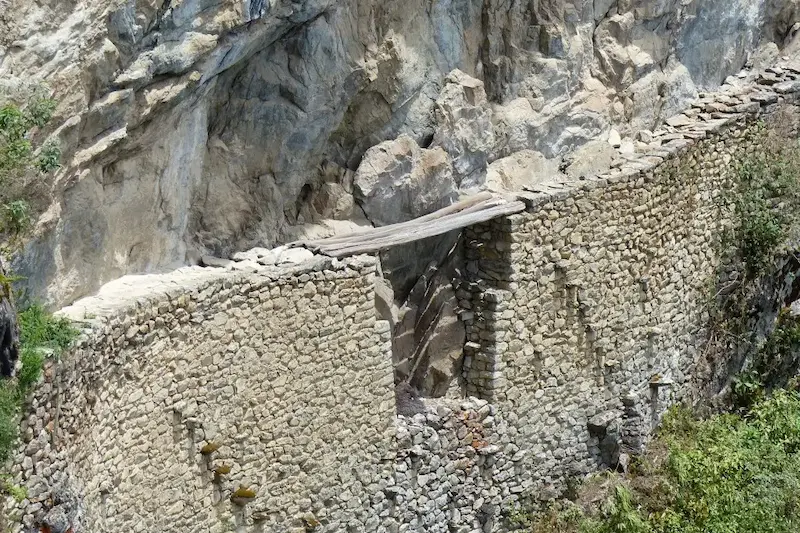
Circuit 2: The Classic Route
Next up is Circuit 2, the most famous and most in-demand route at Machu Picchu.
This circuit is ideal for first-time visitors, as it covers the most iconic areas of the archaeological site.
It’s divided into two options: 2-A and 2-B, each with slightly different access points, but both offering unforgettable views and historical insight.
Route 2-A: Classic Designed Route
This is the most popular route among travelers. It starts at the upper terraces, where you get that famous panoramic postcard shot of Machu Picchu.
From there, the path leads you through ceremonial corridors and into key sections like the Temple of the Sun, Sacred Plaza, Intihuatana, Water Fountains, and the Temple of the Condor.
This circuit offers a full experience of the citadel’s architecture, spirituality, and symbolism.
If your ticket includes Huayna Picchu, this is the route you’ll need to take, as the trail to the summit begins from this circuit.
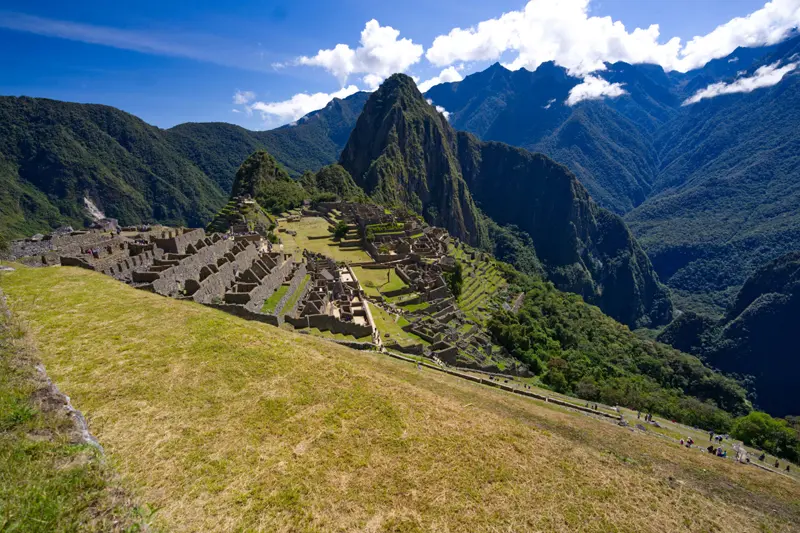
Route 2-B: Lower Terrace Route
This is a shorter, less physically demanding option. It covers the lower part of Machu Picchu, including important areas like the Industrial Zone, Temple of the Sun, fountains, and agricultural terraces.
While it doesn’t include the upper panoramic viewpoint, it gives you a close-up view of many symbolic structures and inner details of the citadel.
It’s a great alternative for travelers looking for a calmer pace but still wanting a meaningful experience.
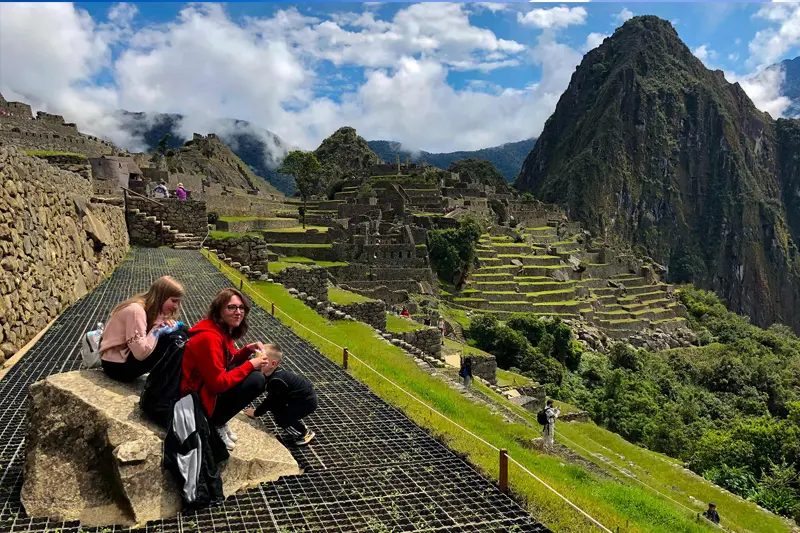
Circuit 3: Royal Sector Route
Like Circuit 1, this circuit offers four different routes: 3-A, 3-B, 3-C, and 3-D, each designed for visitors seeking a more exclusive or alternative experience inside Machu Picchu.
Unlike Circuit 2, these routes do not start from the upper terraces and don’t provide the classic panoramic photo, but they allow you to explore less crowded zones filled with historic charm, mountain paths, and royal residential areas.
Route 3-A: Huayna Picchu Mountain
One of the most sought-after experiences in Machu Picchu. This steep and narrow trail ascends the iconic Huayna Picchu, the dramatic peak that appears in the background of the typical citadel photo.
The hike is challenging, with narrow stone stairways and steep drops—recommended only for visitors in good physical condition and without fear of heights.
From the top, you get an incredible aerial view of the entire archaeological site and the Urubamba River. On the way down, you can explore the mysterious Temple of the Moon, carved into natural rock and hidden in a cave.

Route 3-B: Designed Royal Route
This route focuses on the most refined residential sections of Machu Picchu. It explores the lower sectors of the citadel, where finely-carved stone structures, ceremonial fountains, and private courtyards were likely reserved for Inca royalty.
It’s an excellent option for those looking to escape the crowds and connect with the more intimate side of Inca daily life.
Though it doesn’t offer the sweeping vistas of the upper terraces, the architectural detail and atmosphere make it a deeply enriching visit.
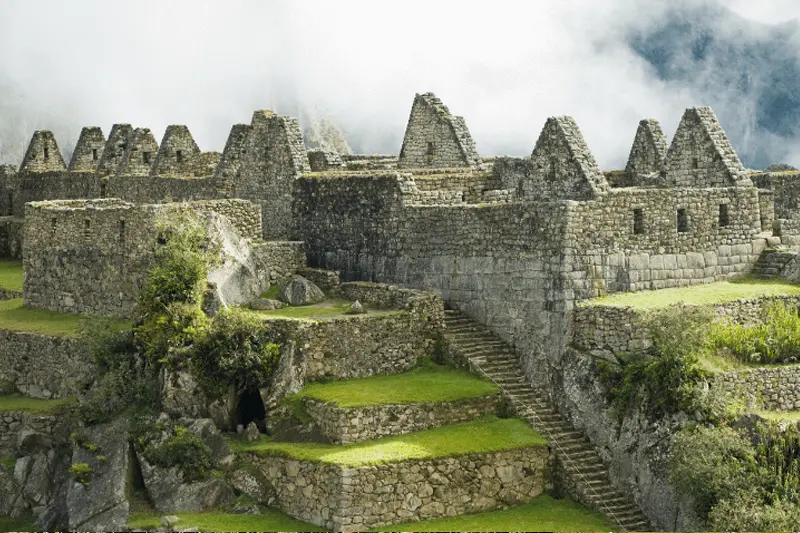
Route 3-C: Great Cavern (available only during high season)
This is an extension of the Huayna Picchu hike. After reaching the summit, the trail continues toward the Great Cavern, also known as the Temple of the Moon—a ceremonial space carved into a natural cave, complete with stone niches and altars.
It’s a demanding and lengthy trail, best suited for well-prepared hikers with time and stamina. The isolation of this site makes it one of the most mystical and least visited areas of Machu Picchu.
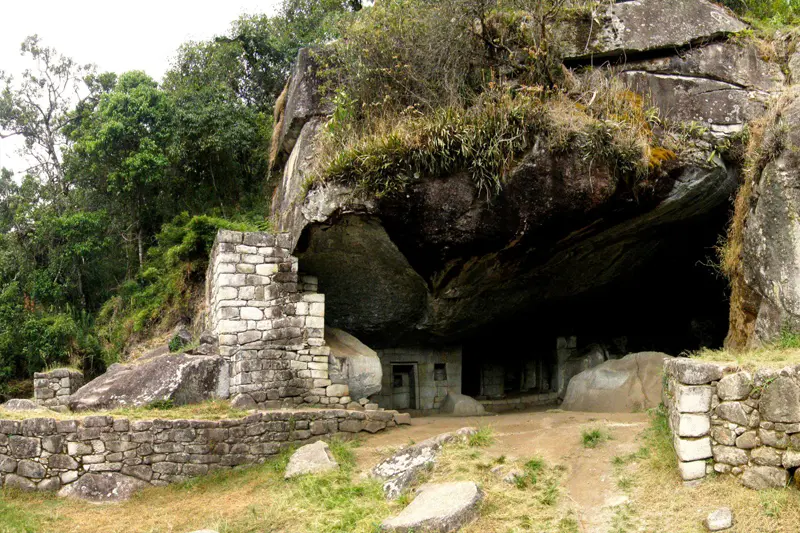
Route 3-D: Huchuy Picchu (available only during high season)
“Huchuy” means “small” in Quechua, and this modest mountain lives up to its name. It’s located just beside Huayna Picchu and offers a short, low-difficulty hike.
The summit provides charming views of the lower parts of the citadel and is perfect for travelers who want a light adventure without the intense challenge of its taller neighbor.
This route is ideal for those seeking a gentle alternative with just the right touch of discovery.
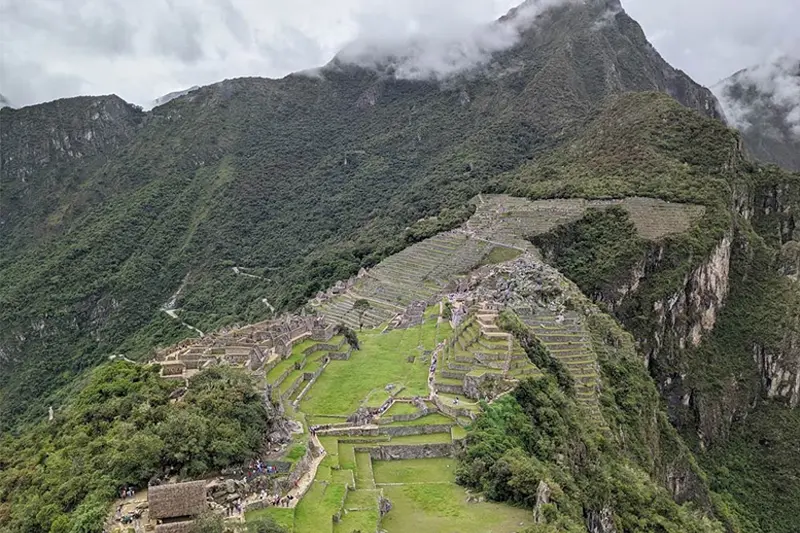
Now that you know everything about Machu Picchu’s circuits, you’re more than ready to choose the one that fits your adventure style.
If you love challenging hikes, sweeping views, and pushing your limits, go for Circuit 1: Panoramic Route. It includes the Machu Picchu Mountain hike and unique access to Inti Punku or the Inca Bridge.
If you’re more into tradition, iconic landmarks, and capturing that famous photo, then Circuit 2: The Classic Route is for you. And remember—if you’re planning to hike Huayna Picchu, this is the route that grants you access.
If you’d rather explore quiet corners, feel the spirit of ancient royalty, and walk paths less traveled, Circuit 3: Royal Sector Route is a perfect match. With routes to Huchuy Picchu or the Great Cavern, this circuit is ideal for a unique, more personal experience.
Each circuit has something special to offer. The most important thing is to choose the one that speaks to your heart—and your legs!
See you on the trail, traveler!
Are you ready to live one of the most incredible experiences on the planet?
Machu Picchu is not only a wonder of the world, it is a journey that transforms your soul.
Machu Picchu Tickets, makes your dream of seeing the sacred city of the Incas come true with tours carefully designed for all styles of travelers. Whether you’re looking for an epic hike along the Inca Trail, a scenic train tour or a private getaway, we have the perfect trip for you.
Normally booked 60 days in advance.


